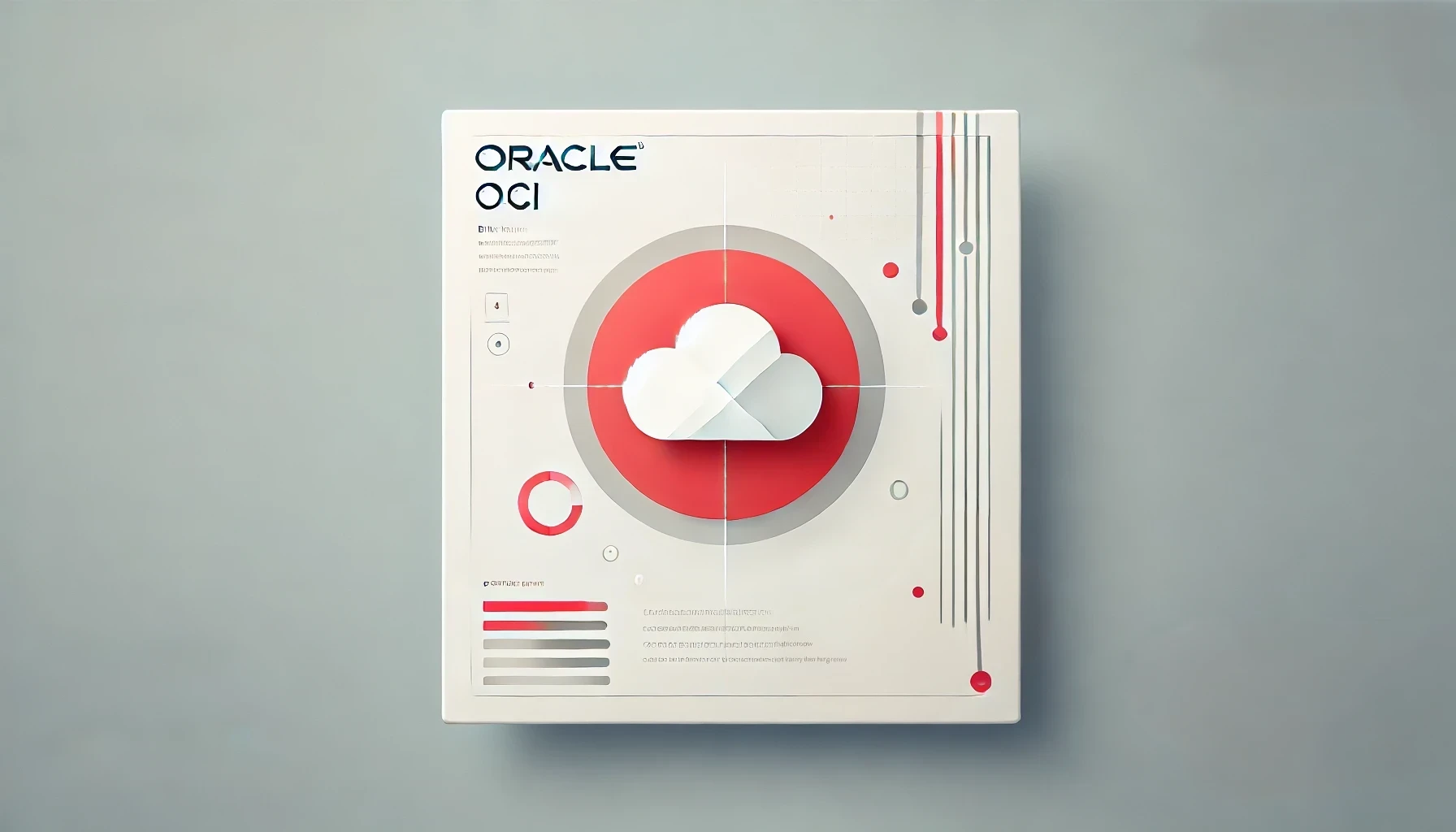With the older version of the analytics solution becoming more obsolete, the time to upgrade or implement a new cloud based application is now taking priority. Companies are either already making the transition to upgrading their current system or moving to cloud based solutions. Your thinking now, “Yeah I should, but the hassle and cost needed to do this… etc…” Stop this negatively, it can be done, and here’s how.
Oracle have two offerings, you can either upgrade to Oracle 12c or move to Oracle Analytics Cloud Service. Both options have the ability to deliver an enterprise wide-business solution; both options provide a cost-effective dashboard and reporting for departmental use and both options offer advance data discovery and a data visualization tool. Hoping I have secured your interest, let’s dive in further.
With two options available, selecting the correct application is important for your business analytic reporting. So why choose either?
Why OBIEE 12c
As an enterprise solution, OBIEE 12c has been composed to the make optimal value of the BI applications available, to the largest possible audience, making this the Oracle’s most wide-spread business analytic offering. With the ability to connect multiple work-streams under one application, means companies can spend less on numerous systems and servers; furthermore, OBIEE 12c scalability marks this as the ideal choice for companies wanting to minimise total cost of ownership and maximise workforce efficiencies
Why Oracle Analytics Cloud Service (OAC)
OAC is a cloud-based platform that provides several functionalities, comprising as the foundations for any business cloud analytical requirements, as your company enterprise solution. With OAC you can consolidate, transform data and design analytical reports and dashboards. As well as embracing users to create their what-if scenarios using a self-service component. OAC provides you with a cloud-based solution with the added benefits of quick implementation, minimum costs and platform which can be configured on CPUs or storage space.
Before deciding on your enterprise solution, there are a number of difference that each application provides.
| Area of Difference | OBIEE 12c | Oracle Analytic Cloud Service (OAC) |
| Type of Application | Customer | Platform as a Service (PaaS) managed by Customer |
| Automatic Backup | Customer | Customer |
| Service Monitoring | Customer | Customer |
| Patching/Upgrade | Customer | Customer |
| CPU & Memory | Customer | Customer – can decide what to buy and allocate |
| Server Access and Config | Customer | Customer – will have to SSH on to the Server to change config |
| Network and Security Config | Full Control | Full Control including VPN config |
| SSO Integration | Supported | For later version release |
| Database Dependence | Customer Provided | Will require min 1 OCPU DBaaS Standard Instance |
| IaaS Dependence | N/A | Requires Customer to purchase |
| License Model | Named Users or Processor | OCPU Based |
| Oracle Success Manager | N/A | Yes |
Not to mention the components which are available which each application
| Components | OBIEE 12c | Oracle Analytic Cloud Service (OAC) |
| Essbase | Essbase 11g | Essbase 12c |
| Mobile | Included | Included |
| Strategy & Scorecard Management | Included | N/A |
| BI Publisher | Included | For later version release |
| Data Visualisation | Separate License | Included |
| Day By Day | N/A | Included in Enterprise Edition |
| Delivers | Included | For later version release |
| BI MAD | Included | N/A |
No matter how large or small your business need is, Oracle OBIEE 12c and Oracle Analytics Cloud Service (OAC) can deliver a solution to suit your organisation. Either option is scalable, flexible, comprehensible and secure to fulfil to meet your business requirements.


